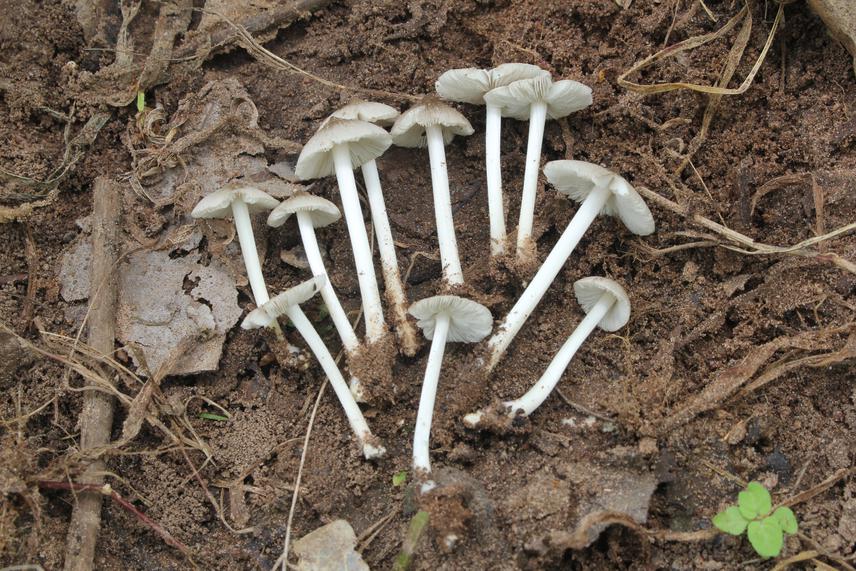Boni Souleymane
Habitat fragmentation is one of the largest threats to tropical ecosystems. Termite mounds shelter many different species of fungi in the genus Termitomyces. And those fungi play an important role mainly as food source for local people. It is therefore important to find means to preserve and conserve termite habitats. This study will collect data on habitat fragmentation of termitomyces in the Okpara forest reserve to be able to suggest strategies to restore it. These strategies will be translated to feasible measurements that will be communicated through posters, radio stations to local population and forestry managers at the national level.

Termitomyces microcarpus.
Due to land use and human pressure termites mounds are undergoing severe threats. It has been showed that termites are able to increase biodiversity, facilitate plant rooting, increase plant productivity and reduce the proliferation of invasive species. Higher termitary, specifically are more involved in the growth of woody species. Fungi in the genus of Termitomyces grow in or in the vicinity of termitary. This fungal genus is of great use as food source for local people who rely on it, in time when wilds animals are scarce.
This project seeks to show local populations the importance of preserving and conserving the natural habitat of Termites. This will be done by raising their awareness on the role of the termite in the ecosystem and for Termitomyces, by showing them the extent of the damage already inflicted. In doing so, pressure on exploited habitats will be reduced; this in turn should benefit biodiversity.
The project activities will be executed during the mycological season that will covers a period of 5 months i.e. from June up to October 2019. Fieldwork consists of collecting mycological data as well as data on the dynamic of Khaya senegalensis, Dispyros mespillifomris and Tamarindus indica trees that will help to estimate degradation of habitats of Termitomyces.
Benin is one of the few countries in West Africa whose natural habitats have been classified as protected areas. So far very little conservation measures have been proposed or put into practice by forest authorities or NGOs. One of the principal reasons for this is the lack of ways to convince local people to implement conservation measures. Posters on endangered species of edible mushrooms and their habitats will be displayed in schools, universities and forest administrations.